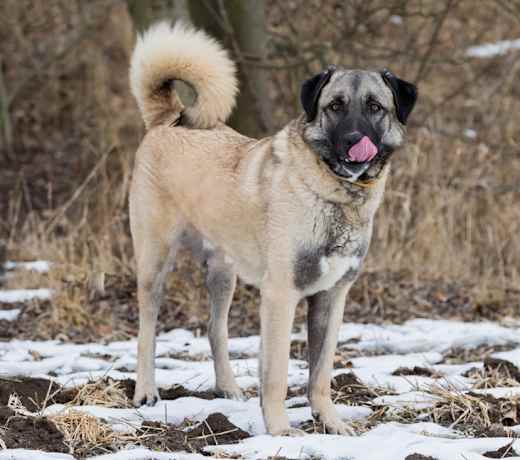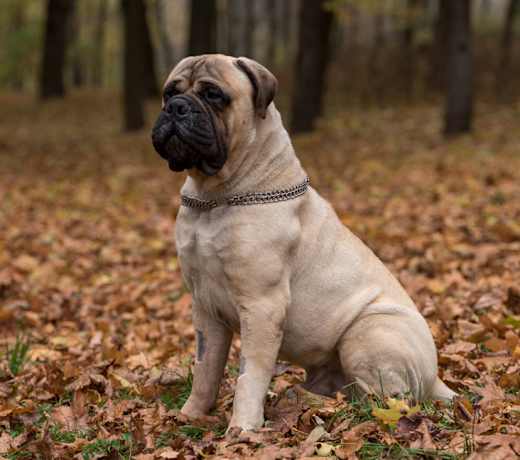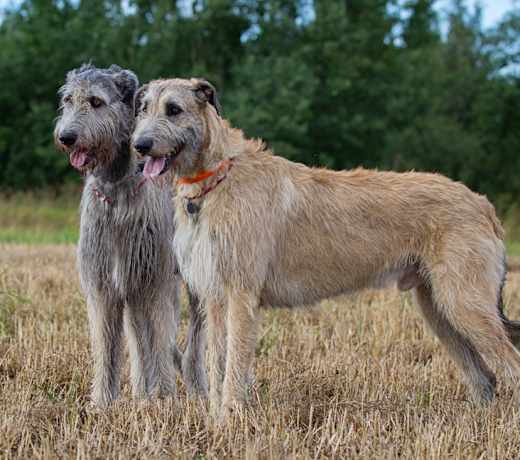You can adopt a Great Dane at a much lower cost than buying one from a breeder. The cost of adopting a Great Dane is around $300 in order to cover the expenses of caring for the dog before adoption. In contrast, buying Great Danes from breeders can be prohibitively expensive. Depending on their breeding, they usually cost anywhere from $1,000 to $3,000.
Adopt A Great Dane
28 available Great Danes near you

Storm
Great Dane Cane Corso
Male, 1 yr 9 mos
Los Angeles, CA
House-trained
Spayed or Neutered
Shots are up-to-date

Duke
Great Dane
Male, 2 yrs 3 mos
Beverly Hills, CA
Spayed or Neutered
Shots are up-to-date

Stella
Great Dane
Female, 2 yrs
Beverly Hills, CA
Good with cats
Spayed or Neutered
Shots are up-to-date

Barney
Great Dane Mixed Breed (Medium)
Male, young
Valley Village, CA
Good with dogs
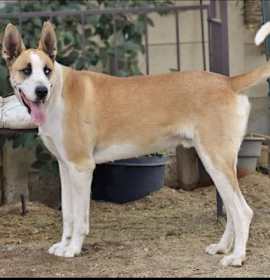
MARMADUKE
Great Dane
Male, young
Los Angeles, CA
Spayed or Neutered

CHESTNUT
Great Dane Boxer
Female, 1 yr 2 mos
Los Angeles, CA
House-trained
Spayed or Neutered
Shots are up-to-date

Barney
Great Dane
Female, young
Marina Del Ray, CA
Good with dogs
Good with cats
Shots are up-to-date

Comma
Great Dane
Female, young
Los Angeles, CA
Good with dogs
House-trained
Shots are up-to-date

Sprinkles
Great Dane
Female, 3 yrs
Inglewood, CA
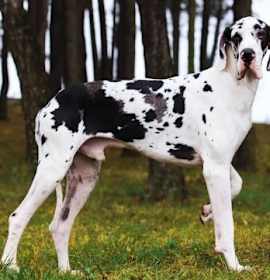
Sampson
Great Dane
Male, 4 yrs 4 mos
Shadow Hills, CA
Good with dogs
Good with cats
House-trained
Spayed or Neutered
Shots are up-to-date
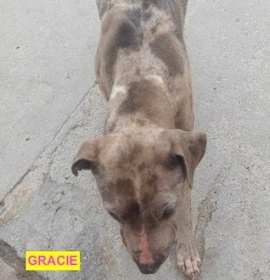
GRACIE
Great Dane
Female, adult
Woodland Hills, CA
Good with dogs
House-trained
Spayed or Neutered
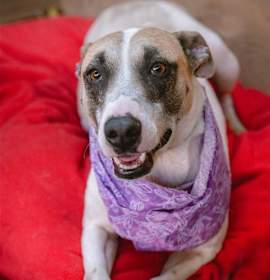
Betty White
Great Dane English Pointer
Female, adult
Los Angeles, CA
Good with dogs
Spayed or Neutered
Shots are up-to-date
Search for Great Dane puppies and dogs
Find adoptable Great Dane by Beverly Hills, CA
Animal shelters near Beverly Hills, CA
Adopting a Great Dane
Frequently asked questions about acquiring an Great Dane - the pros and cons of adopting versus going through a breeder, and associated costs.
The easiest way to adopt a Great Dane would be through a rescue that specializes in Great Danes. A great place to start would be to start a breed search on Adopt a Pet. The search will show you all the available Great Danes in your area.

